In this deep-dive discovery pack, you will learn about:
- Marine reserves
- Codes of conduct
- Recreational activities
Your portal to Berwickshire’s underwater world


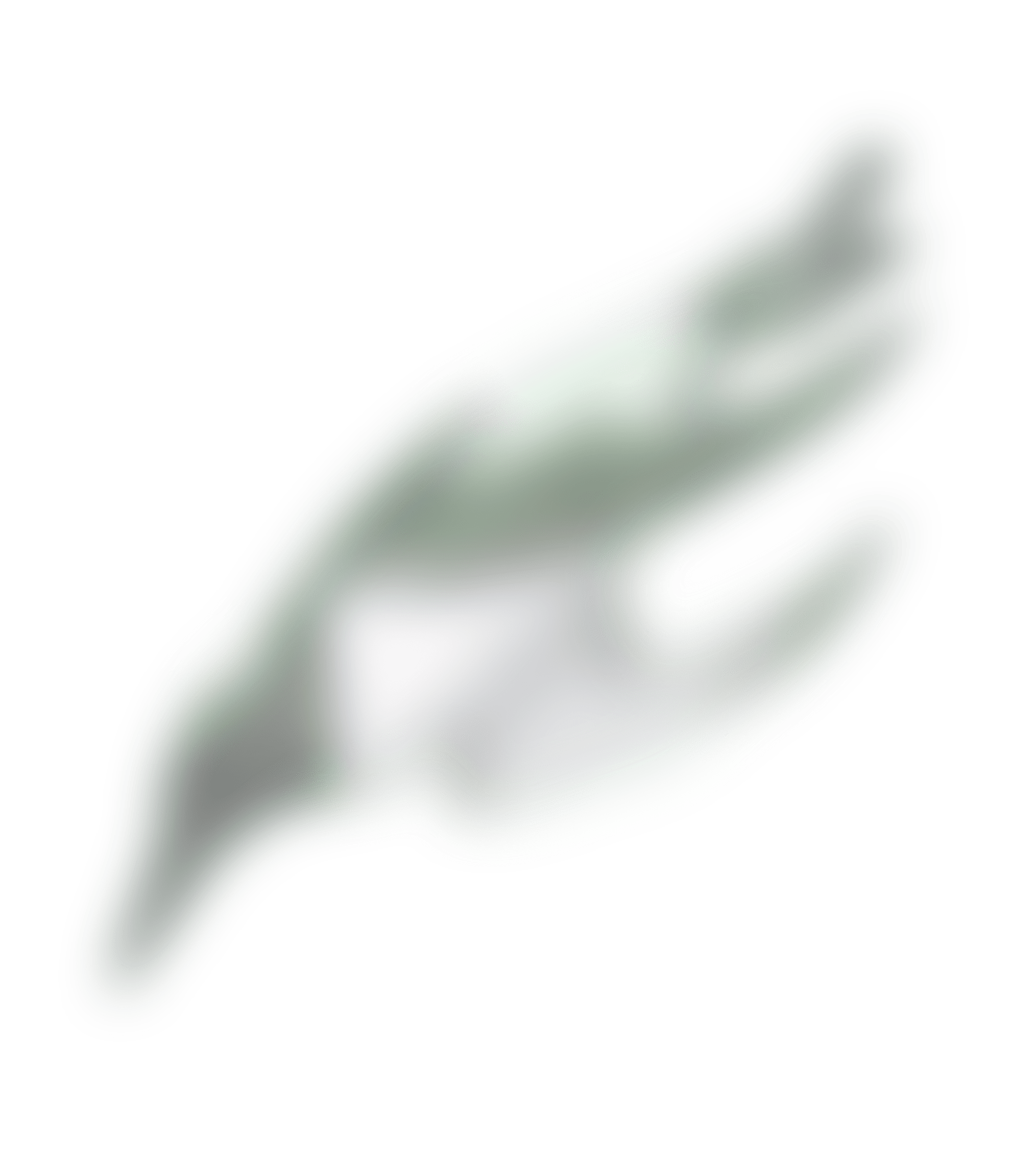
Welcome to the Berwickshire Ocean Observatory, where you can meet extraordinary marine life and explore the spectacular habitats found beneath the waves in the Berwickshire Marine Protected Area (MPA).
Located on the southeast coast of Scotland, Berwickshire’s waters are unique. The region supports a staggering diversity of marine life rarely found elsewhere in the UK. Magnificent kelp forests, dazzling anemones and the elusive wolffish share these waters with pods of bottlenose dolphins, giant minke whales and thousands of breeding grey seals.
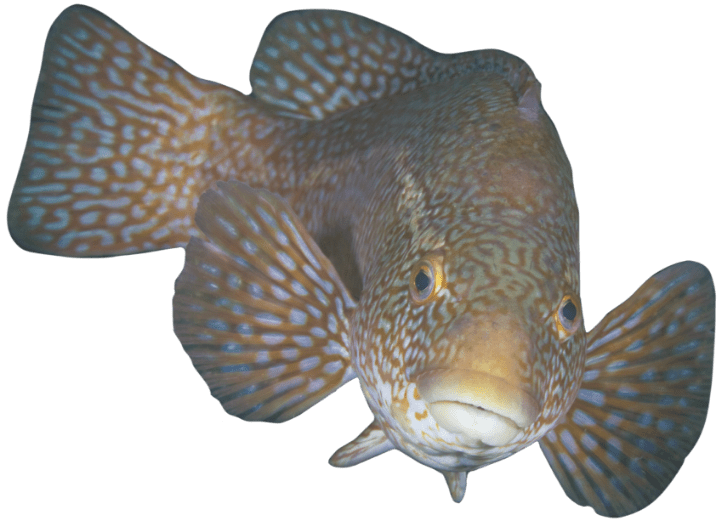
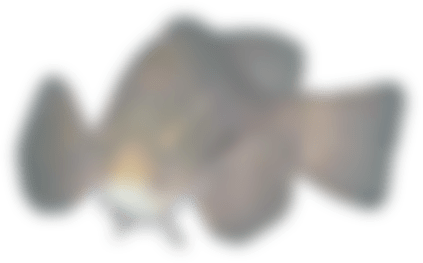
Take a dive into Berwickshire’s watery world and learn how to observe and monitor our changing ocean.


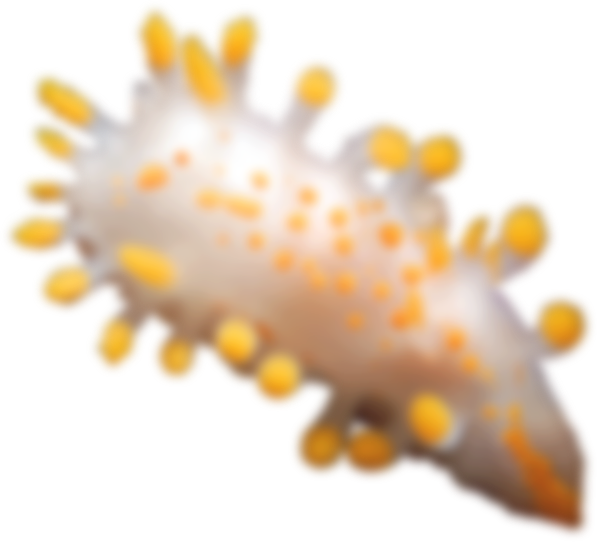
Through this underwater video archive, you can swim with marine life, examine historical shipwrecks and explore the breath-taking marine habitats found within the Berwickshire MPA from a scientists-eye view.
More coming soon…
Video factfile
Berwickshire Marine Reserve
18m
13.5
Anarhichas lupus
Wolffish
Wolffish earn their name from their two fang-like front teeth. They are usually found in deep waters, but here in Berwickshire, wolffish can be found at relatively shallow depths, which is rare. To help them survive the cold water, their blood contains a natural antifreeze, giving them a blue-ish colour.
Video Factfile
Berwickshire and Northumberland Special Area of Conservation (SAC)
55m
6.0
Myxine glutinosa
Hagfish
These slimy scavengers live in deep, cold waters all around the UK. Hagfish have long, smooth bodies and a star-shaped mouth, used for feeding on dead and rotting fish on the muddy seafloor.
Video factfile
Berwickshire Marine Reserve, Scotland
10m
9.0
Labrus bergylta / Taurulus bubalis
Ballan Wrasse / Long-Spined Scorpion Fish
These large wrasse grow up to 60cm long and have mottled green, brown and orange markings. Although not traditionally eaten in the UK, Ballan Wrasse have begun to be fished in recent years for export to Asia and use in salmon farming as cleaner fish.
Video Factfile
Berwickshire MPA, Scotland
5m
11.0
Unidentified
Juvenile fish in Scottish waters are very difficult to tell apart – these darting juveniles could be a mixture of baby cod, pollack, gobies and other species!
Video factfile
St Abbs Head cliffs
Fulmarus glacialis
Fulmar
They are members of the petrel family, also known as ‘tube-bills’. These grey and white birds have unique flight patterns, using air currents to glide and soar above the waves. The chicks produce a smelly, oily liquid from their stomachs that they squirt at predators as a defence mechanism.
Video factfile
St Abbs Head cliffs
Alca torda
Razorbill
Razorbills have distinctive black and white plumage and a characteristic sharp bill, used for catching fish underwater. They live most of their lives in the sea but come onto coastal cliffs to nest, often alongside their cousins, puffins and guillemots.
Video factfile
Berwickshire MPA
6m
8.0
Halichoerus grypus
Grey Seal
Over the winter, grey seals gather on beaches in the north of Berwickshire to give birth to their pups, which can be spotted from far away because of their fluffy white fur. These pups feed from their mother almost constantly and can gain up to 2kg in weight every day!
Video Factfile
St Abbs Head
3m
12.0
Uria aalge
Guillemot
The rocky cliffs around St Abbs Head make excellent nesting sites for breeding seabirds. Among them are the Guillemots, who spend most of their life out at sea. In spring, they return to the cliffs to breed and lay their eggs. These penguin look-alkies are supreme swimmers, spending much of their time hunting underwater to find food for their chicks.
Video factfile
Gull Rock, St Abbs
8m
11.15 am
The rocks along Berwickshire’s coastline extend underwater creating caves, crevices and tunnels. Together, this creates a “rocky reef” habitat which provides sanctuary for marine animals including soft coral, barnacles and anemones. Above the water, these rocks provide homes for breeding seabirds such as herring gulls, black headed gulls and common gulls.
Video Factfile
St Abbs
Most of the underwater footage captured for the Berwickshire Ocean Observatory was captured by our fantastic team of professional scuba divers. They descend to the depths wearing a full dry suit and carrying a range of camera and safety equipment. Would you give scuba diving a try?
Video factfile
St Abbs Head, Berwickshire, Scotland
100m
6.45 am
St Abbs is a small fishing village on the Berwickshire coast. The village has their own independent lifeboat (the Thomas Tunnock) and a state-of-the-art Marine research Station where scientists’ work focuses on conservation, coastal ecosystems and training marine scientists.
Video Factfile
St Abbs Head, Berwickshire, Scotland
80m
7am
St Abbs is home to a productive crab and lobster pot fishery, as well as providing some of the best diving and recreational fishing opportunities in the UK.
Video factfile
Berwickshire MPA
2-10m
10-14.0
Laminaria digitata and Laminaria hyperborea
Kelp, oarweed, tangle or cuvie
Kelps are tall brown seaweeds that grow all around Scotland’s coasts, forming dense forests that shelter marine life. In Scotland, kelps forests are a ‘priority marine feature’ which means that the government must work to protect them.
Video factfile
Berwickshire Coastline
5m
10.0
Shallow rocky crevice
In shallow areas, where sunlight is bright and plentiful, a diversity of seaweeds can photosynthesise and grow. This provides food and shelter for many marine creatures, including starfish and sea urchins. This rocky substrate is also perfect for soft corals known as Dead Man’s Fingers.
Video Factfile
Berwickshire Marine Reserve
7m
9.0
Mixed seaweeds
In the shallows of Berwickshire, seaweeds provide homes for many marine creatures including crustaceans and juvenile fish. Scientists are currently researching the role seaweeds play in absorbing carbon and helping us tackle climate change.
Video Factfile
Berwickshire Marine Reserve
21m
8.0
Rocky Boulders
The hard surface of these rocky boulders provides the perfect place for colourful forests of anemones and soft corals to grow. These corals, known as Dead Man’s Fingers, stick out from the boulders like hands. These habitats also help protect Berwickshire’s coastline, by slowing down water movement and reducing coastal erosion.
Video factfile
Fast Castle Head
21m
6.0
Homarus gammarus
European Lobster
Lobsters are “decapods” which means “ten feet” in Latin. Their ten legs work in pairs, each with a different and important function. The lobsters’ front pair of legs are adapted into large pincers, a crusher and a pincher, which help them to devour their prey.
Owen Flowers
Video factfile
Berwickshire Coast
9m
13.0
Necora puber
Velvet Swimming Crab or Devil Crab
These crabs live up to their name. Their flat, paddle-like legs allow them to swim quickly through the water and short soft hairs on their shell look just like velvet when underwater.
Video factfile
Berwickshire Marine Reserve
1m
12.0
Galathea squamifera / Pagurus bernhardus
Olive Squat Lobster / Common Hermit Crabs
Squat lobsters are closely related to hermit crabs. To defend their territory, they often wedge their body into a protected, rocky crevice and wave around their large claws.
Jellyfish
Berwickshire Coastline
2m
10.0
Staurophora mertensi / Cyanea capillata
Cross Jelly / Lions’ Mane
The cross jelly is quite rare in the UK and is usually found further north. But sometimes, cold currents bring the cross jelly down to Berwickshire in large numbers. Lions’ mane jellyfish have beautiful flowing tentacles, but watch out, they have a nasty sting!
Video factfile
The Dove
Around 1911
43m
7.0
Shipwrecks provide lots of nooks and crannies for marine life to live in. Whether they are hiding from predators or seeking prey, these species benefit from ships that sink to the seafloor. Some people refer to shipwrecks as “artificial reefs” because of the life they attract.
Bib, urchins, starfish, dead man’s fingers, barnacles.. and more!
Video factfile
HMT Fortuna
1941, by a German Aircraft
Steam Trawler
St Abbs Head, Berwickshire, Scotland
55m
9.0
Video Factfile
The Dove
Around 1911
Possibly a 19th Century Whaling ship
Around 15 miles north of St Abbs head
45m
7.0

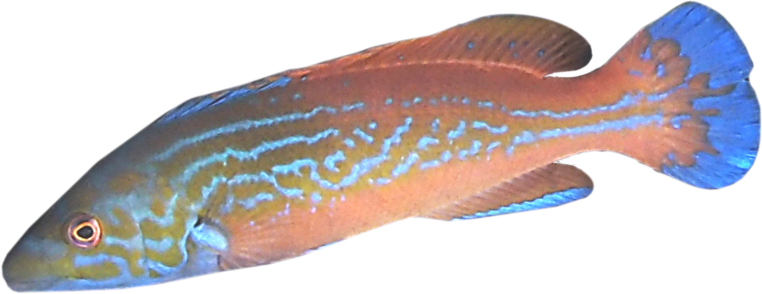
The deep-dive discovery packs below will introduce you to a range of species, habitats, survey methods and data collection techniques. Have you got what it takes to be an ocean explorer?
Follow the steps below to find out:
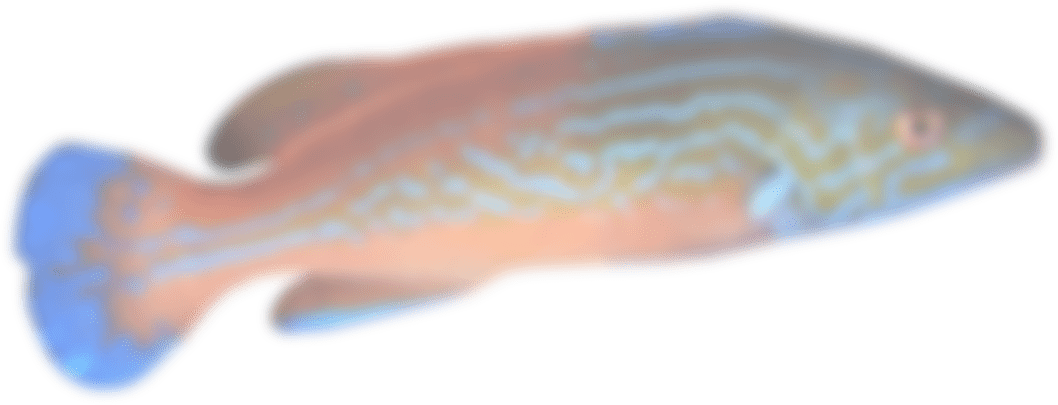
02
Select one of the deep-dive discovery packs below
03
Read the fact file and watch the video
04
Record your findings in the answer sheet!
In this deep-dive discovery pack, you will learn about:
In this deep-dive discovery pack, you will learn about:
In this deep-dive discovery pack, you will learn about:
In this deep-dive discovery pack, you will learn about:

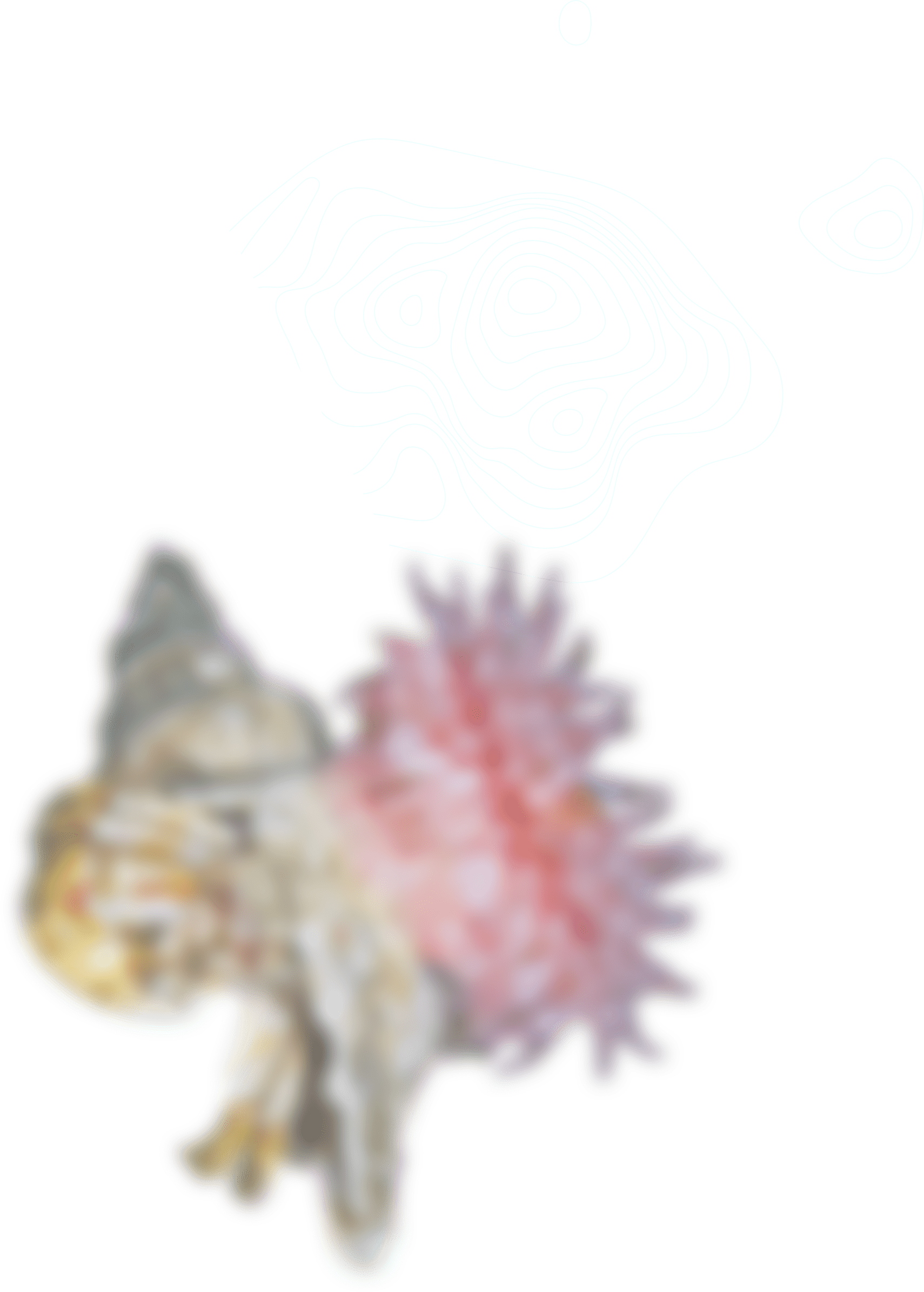
Berwickshire’s waters are unique, with cold and warm water currents converging to provide a diversity of marine life rarely found elsewhere in the UK. Devonshire Cup corals share space alongside Arctic wolffish, giving scientists an opportunity to monitor the effects of climate change within a Marine Protected Area (MPA). This stretch of coastline supports one of the most productive crab and lobster fisheries in Scotland as well as providing some of the best diving and recreational fishing opportunities in the UK.
Unfortunately, the majority of the MPA in Berwickshire is open to bottom towed trawling and dredging with reports of unlawful fishing from trawlers being common. The goal of Blue Marine’s Berwickshire project is to work with the community of Berwickshire to create a template for well protected and sustainably managed MPAs in Scotland.
This Ocean Observatory aims to complement the Berwickshire project by encouraging curiosity, increasing knowledge and inspiring the next generation to care for our oceans.
Visit our website for more information.
Blue Marine Foundation is a UK based charity dedicated to restoring the ocean to health by addressing overfishing, one of the world’s biggest environmental problems. We are committed to creating marine reserves, restoring vital habitats and establishing models of sustainable fishing. Our mission is to protect 30% of the ocean by 2030 and ensure that the remainder is effectively managed.
Visit our website for more information.
Click the button below to discover the underwater water world of Jersey in the British Isles. How does this Ocean Observatory compare to Berwickshire’s?